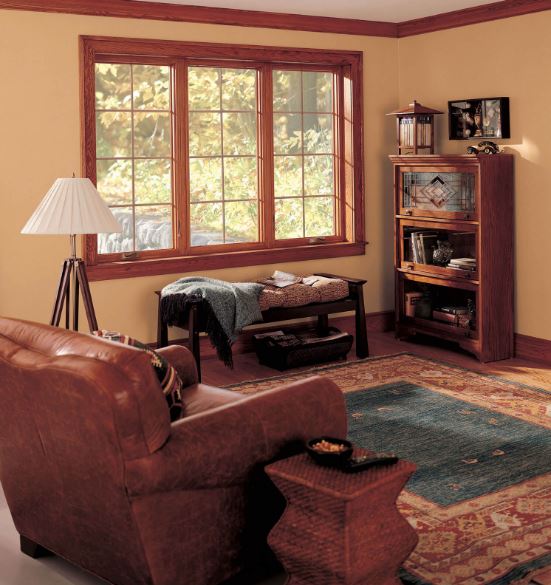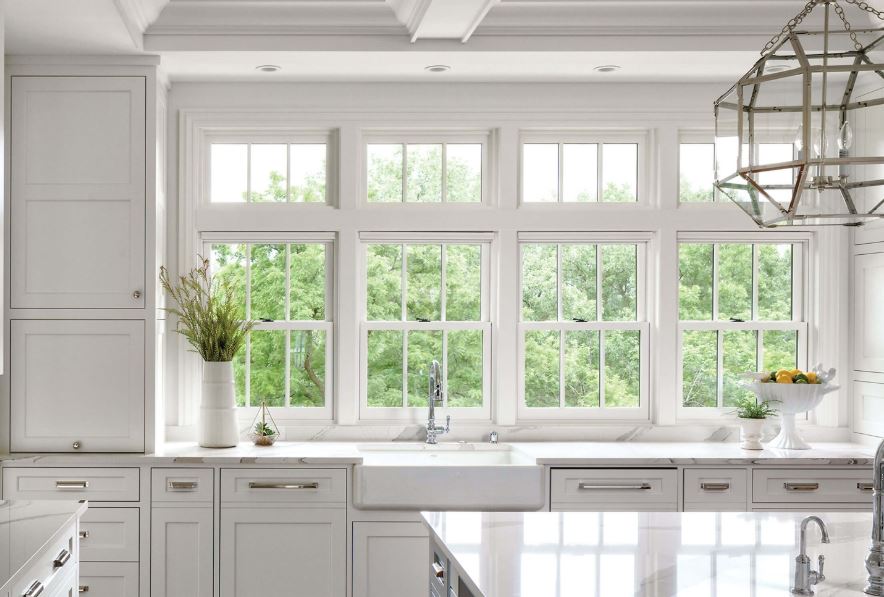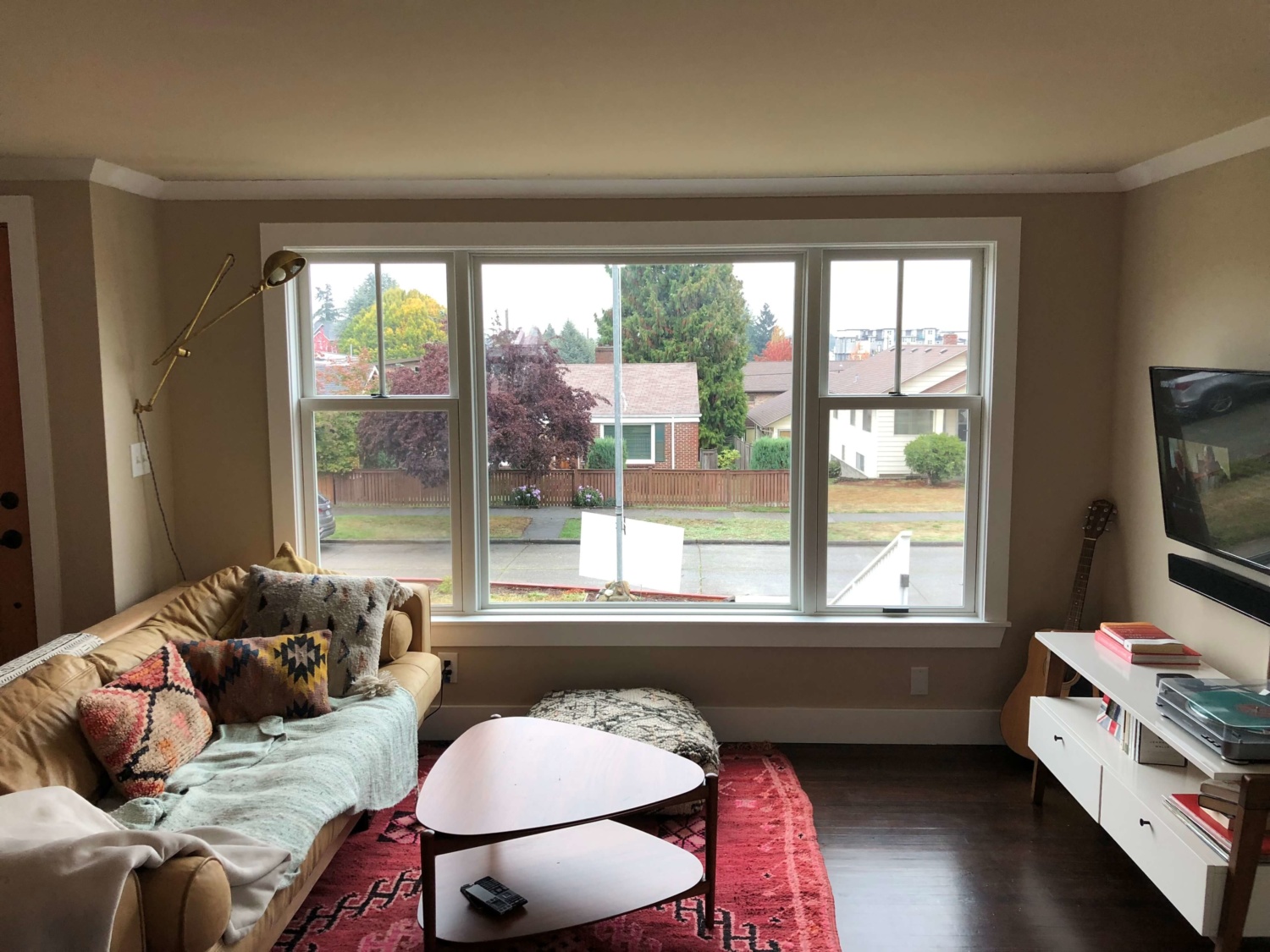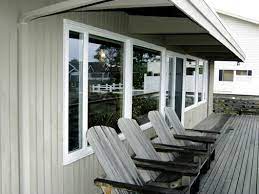Windows are an important feature in the exterior envelope of your home and a lot of air or heat could flow through them. Have you noticed lately that the inside of your home is more reactive to the outdoor weather? If so, it could mean your windows are not performing as efficiently as they should. If you want to keep your home comfortable while also boosting energy efficiency, it might be time for replacement windows in Seattle, WA. But how do you find the most energy efficient windows for the local climate? Let’s take a closer look at the R-value and U-value.
What is the NFRC?
First, let’s look at the National Fenestration Rating Council (NFRC). It is a non-profit, public service organization that provides accurate performance and energy ratings on fenestration products so consumers can compare them. Because these are provided by an independent party, all of the ratings are uniform and easy to contrast from product to product.
There are two main metrics used to measure heat flow and efficiency in the window industry. These are the R-value and the U-value. The metrics are related because the R-value is the inverse of the U-value. And because both terms are used to describe efficiency and measure essentially the same thing, it is easy to be confused. But the NFRC does not include R-value certification on its labeling. It uses the U-value for certification. So why do some windows still have an R-value and a U-value? And what are the differences in these ratings? Here is what you need to know:
R-Value on Replacement Windows
Essentially, the R-value is a product’s resistance to heat transfer through a given thickness of the material. For more thermal resistance and higher insulation, you want to choose products with a higher R-value. Unfortunately, this rating only takes into account heat conduction. And generally, an R-value applies to a specific construction material instead of full systems. It is most relevant in terms of insulation like the caulking and insulation used around the window. But by adding the R-value for each layer of material, you could essentially get an R-value for the entire product.

U-Value on Replacement Windows
Adversely, the U-value or U-factor is the rate of heat transfer or heat lost through a certain material. And because it is the inverse of the reciprocal of the R-value, as the U-value decreases the thermal performance actually improves. And instead of just one element, this rating usually accounts for conduction, convection, and radiation. Ways to improve the U-value include using double or triple glazing, inert gas fills, warm-edge spacers, and low-E coatings.
Are you ready for replacement windows in Seattle, WA? To learn more about the energy ratings on windows and doors contact the professionals of Signature Window & Door Replacement. With over 30 years in the window industry, our specialists can help customers find the right products for the local climate. During a design consultation, they can help you find the right window style and the right glazing options to match your needs and budget.






